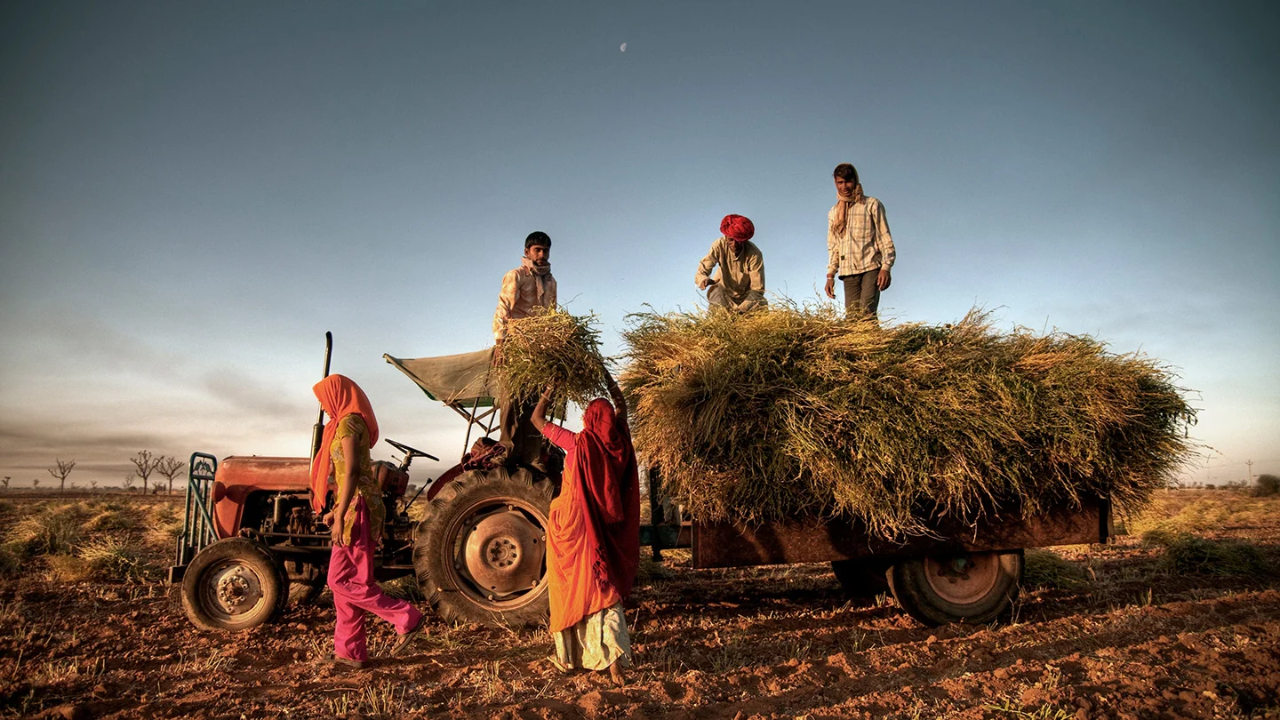How E-learning Is Changing Rural India – A Ground Report
Introduction
For decades, rural India has struggled with a lack of access to quality education. Distance from cities, lack of infrastructure, and a shortage of qualified teachers made it difficult for millions of children and young adults in villages to pursue meaningful education. But with the rise of e-learning platforms and digital connectivity, a quiet revolution is now underway in these areas.
This ground report explores how e-learning is transforming the face of education in rural India, what challenges still remain, and how students, teachers, and communities are responding to this digital shift.
1. The Rural Education Landscape Before E-learning
Before the digital wave, education in rural India was marked by:
- Poor school infrastructure
- Untrained or absent teachers
- Limited learning materials
- Low awareness of opportunities beyond the village
Many children, especially girls, dropped out early due to economic pressures or social barriers. The digital divide made it worse. While urban students had access to tuitions and coaching centers, rural students often had to make do with outdated methods or no guidance at all.
2. The Entry of Digital Tools and Platforms
With the penetration of smartphones and the expansion of internet access through initiatives like Digital India, the situation began to change. The availability of affordable data from providers like Jio brought the internet to even the most remote parts of the country.
Students in rural areas now began accessing:
- YouTube educational channels
- Online classes through platforms like BYJU’S, Unacademy, and Vedantu
- Government-backed portals such as Diksha and SWAYAM
- WhatsApp-based learning groups created by local teachers
Suddenly, a new learning world opened up—one that was flexible, self-paced, and rich in content.
3. Real-Life Impact: Stories from the Ground
In villages across states like Uttar Pradesh, Bihar, Jharkhand, and Maharashtra, students are now attending classes through mobile phones.
Take the example of Sita Kumari, a 16-year-old girl from a small village in Jharkhand. With no coaching center nearby, she turned to YouTube and Diksha to prepare for her board exams. Her schoolteacher, who once struggled to reach her regularly, now sends PDFs and video lessons via WhatsApp.
Similarly, in a small district of Rajasthan, a government school headmaster used Zoom classes and Google Meet to keep the students engaged during the pandemic, a practice that continued even after schools reopened.
These stories may not make headlines every day, but they reflect the quiet transformation taking place across India’s hinterlands.
4. The Role of Government and NGOs
Government initiatives have played a vital role in expanding e-learning in rural India. Some of the notable efforts include:
- PM eVidya: A multi-mode access program to digital education.
- DIKSHA App: Offers video lectures and study materials in multiple Indian languages.
- SWAYAM: Higher education courses available for free.
- State-level e-learning platforms: Like Samagra Shiksha in states like Kerala and Tamil Nadu.
Additionally, non-governmental organizations (NGOs) are filling the gaps where internet access is limited. They distribute pre-loaded tablets, set up community digital learning centers, and train rural teachers to use edtech tools effectively.
5. How Teachers Are Adapting
Teachers, once hesitant to use digital devices, are now embracing e-learning. Many have undergone basic training in:
- Operating video conferencing tools
- Using mobile apps for assessments
- Recording lessons and sharing digital content
In some regions, school WhatsApp groups have become classrooms, with teachers sending audio notes, questions, and even homework through voice recordings.
This shift not only improves teaching methods but also helps teachers connect better with students and parents on a daily basis.
6. Challenges That Still Remain
Despite progress, rural e-learning faces several hurdles:
- Limited internet connectivity in remote areas
- Lack of devices (smartphones, tablets) in low-income households
- Low digital literacy among students and parents
- Language barriers, as many platforms focus on English or Hindi only
For many families, one phone is shared among multiple siblings, or the parent uses it for work, limiting learning time.
In addition, the lack of a structured digital curriculum for rural students sometimes leads to confusion and uneven learning outcomes
7. The Psychological and Social Impact
The shift to digital learning has also brought changes in mindset:
- Parents are more involved in children’s learning as lessons are happening at home
- Students are becoming more independent learners, comfortable with apps, videos, and digital tools
- Aspirations are rising—rural youth are now aware of careers in coding, science, civil services, and design, thanks to online exposure
Digital learning is no longer seen as a luxury. It’s now seen as a pathway to opportunity
8. Role of Regional Content and Vernacular Platforms
One of the most impactful developments has been the rise of regional language content. Platforms are now offering lessons in languages such as:
- Tamil
- Marathi
- Bengali
- Telugu
- Odia
This localized approach ensures better understanding and retention, especially for students whose first language is not Hindi or English.
Apps like Toppr, BYJU’S, and Khan Academy India are now offering multilingual interfaces, increasing adoption in small towns and villages.
9. Future of E-learning in Rural India
If current trends continue, rural India will see:
- More smart classrooms with hybrid teaching models
- Greater use of AI tools for personalized learning
- Increased collaborations between edtech firms and local institutions
- Community-based learning hubs where students can access internet and shared devices
The focus will shift from just digital access to digital empowerment—ensuring that students not only watch content but also learn effectively from it.
Conclusion
E-learning is doing more than just bringing education to the doorstep—it’s shaping the dreams and futures of rural India. It’s breaking the barriers of distance, poverty, and tradition, offering hope and knowledge in equal measure.
Yet, this revolution is still young. It needs the support of governments, educators, NGOs, and communities to sustain and scale it further. With the right investments in infrastructure, content, and training, rural India could soon become the next success story in the global digital learning movement.E-learning is not just changing education in rural India—it’s changing lives.






